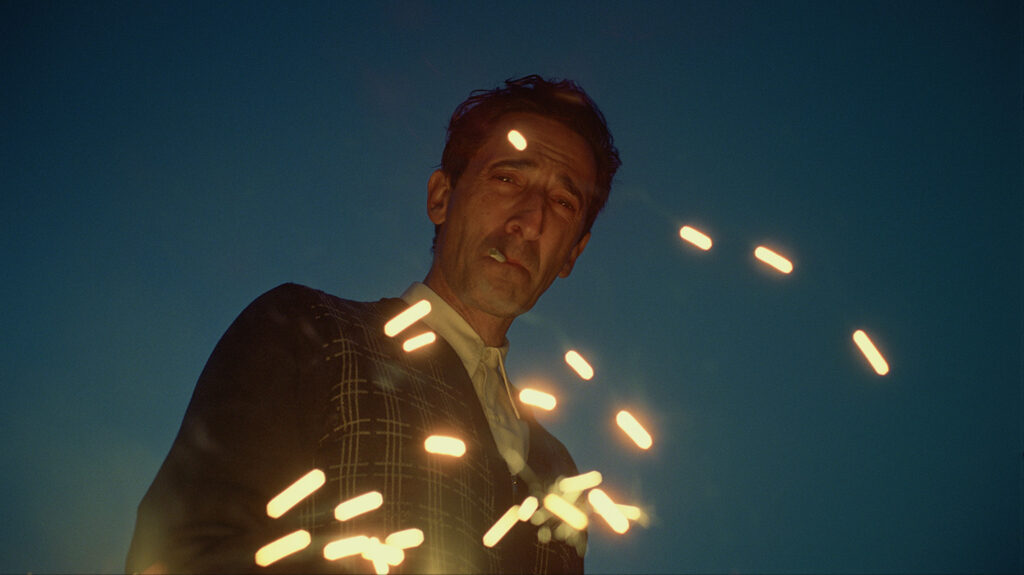The 2020 MLB Draft proves to be a home run for remote production
Of the many live sports events that have leveraged remote production technology to return to the field in the wake of COVID-19, one of the earliest and most impressive was the 2020 NFL Draft, which was held over three days in late April. A demonstration of perseverance and innovation, the NFL Draft showed fans across the country that their favorite leagues would not be taking the frustrating new conditions lying down, and that — with the right strategies — these organizations were more than up to the challenge they’d been presented with. This month, we’ve seen this spirit once again as remote production teams helps the 2020 MLB Draft air between June 10th and June 11th, bringing baseball fans some of the excitement they’ve been deferred as the league works to cement a plan for the upcoming season.
An MLB Draft from the outfield
Much like the NFL Draft, the current conditions have necessitated that Major League Baseball execute this year’s draft remotely, and, thus far, it’s been a resounding success. The MLB Network has distributed 120 devices among all 23 prospects and each and every general manager — a primary and a backup. Providing iPhones with the help of T-Mobile, as well as remote production kits that include audio and lighting equipment, the network has ensured that all of the major players in the event are able to easily broadcast from their homes, maintaining social distancing without sacrificing the thrill of the draft. While MLB Network personnel were at first nervous about training all involved to use the equipment, through a series of one-sheeters and tutorial videos they were able to easily educate players, coaches, and more, so that the draft could proceed, remotely, without a hitch. While production teams continue to make this look easy, SVG notes that just this one aspect of the draft was anything but. Although the technology has been available to MLB Network for a while, juggling 120 unique streams is a daunting proposition, and one they’re handling impressively.
Meanwhile, MLB Network will be using three of their studios to host conversations with commentators and the league commissioner. While in the past prospects would be able to receive their jerseys in studios, the current conditions have changed how these spaces will function. One of the three studios will house sportscasters Greg Amsinger, Harold Reynolds, Dan O’Dowd, and Matt Vasgersian, all of whom will be sitting a distance from each other. Analytical breakdowns and other commentary will be provided by additional experts, including Al Leiter, in separate locations to diminish crowding.
Of course, onsite production is only the tip of the iceberg for this year’s draft. In addition to all the equipment shipped to coaches, managers, and players, graphics work will be handled completely off-site, and other relevant personnel — including Tim Corbin, head baseball coach of Vanderbilt University’s team, the defending College World Series champions — will be calling in from a host of locations.
ESPN brings the archives to the 2020 MLB Draft
In addition to the MLB Network broadcast of this year’s draft, ESPN will be producing their own, separate broadcast, and — while the networks will share some resources — ESPN also found itself needing to create entirely new content to help fill out their ten hours of planned coverage.
In order to accomplish this, the broadcaster has been diving into its extensive archives and wealth of scouting footage from Draft expert Kiley McDaniel, transferring masses of stored content to production teams to make highlight reels from previous drafts, from prospects’ college careers, and from league footage overall. The final production will include “170 highlight packages, 49 breakdown tapes, nine ‘Getting To Know’ vignettes (featuring one-on-one interviews with Mendoza), eight ‘MLB Draft Memories’ segments (MLB Players talking about the day they were drafted), 30 team photo edits, 30 VFX ‘On the Clock’ bumpers, and 30 VFX ‘The Pick Is In’ bumpers.”
Nearly all of this supplementary content was produced off-site, and the live draft coverage will unite both a few on-site personnel and a larger off-site team (much as with MLB Network). Even though this production model has become increasingly commonplace, the dexterity with which both ESPN and MLB Network have adapted, wrangling essential content and executing increasingly complicated workflows across diffuse supply chains has been remarkable.
Batter up
Broadcasters, production companies, and live sports leagues have had their mettle tested over and over again during the COVID-19 crisis, but as the dust begins to clear, fans can take comfort in how tall these organizations are still standing. Leveraging remote production capabilities, these industry staples have bounced back, showcasing their commitment to innovation and their refusal to strike out.
While it’s still uncertain when and how Major League Baseball will officially resume, the 2020 Draft is a signal to fans to look to the future. With new ideas, new technology, and new talent stepping up to the plate, it’s clear that the MLB has big ideas for what comes next.


